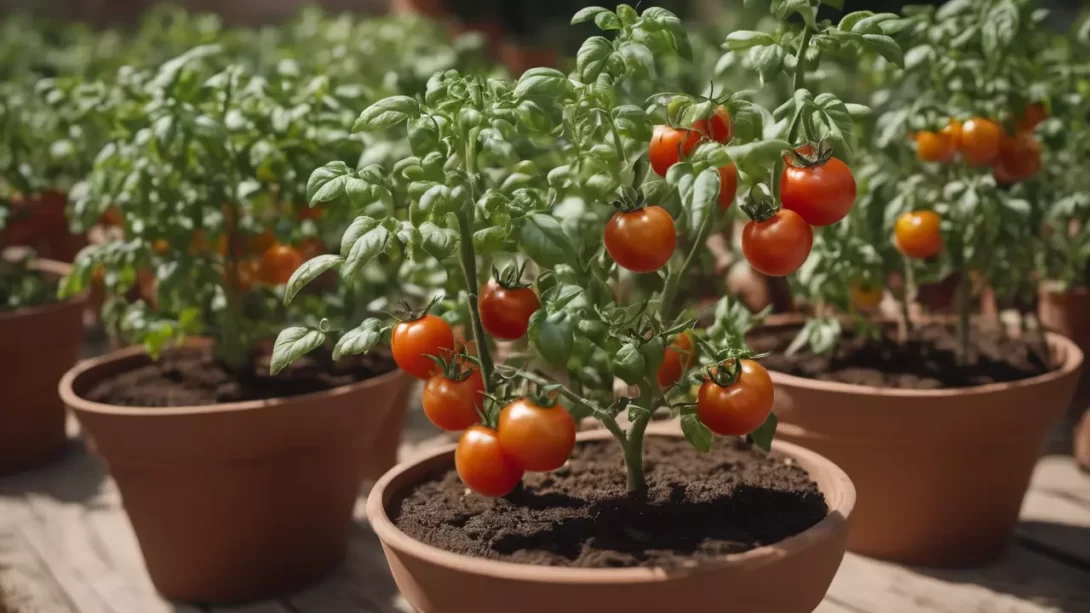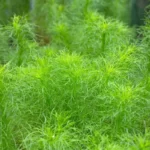Tomato cultivation is a rewarding endeavor for many gardeners, but it requires careful planning, especially when it comes to transplanting. Transplantation is a critical stage where young tomato plants, typically started indoors or in a greenhouse, are moved to their final growing location. This process is essential for ensuring the plants have enough space to grow and access to optimal growing conditions. Understanding the right timing for this step is crucial for a successful tomato harvest.
Transplanting tomatoes allows them to develop a strong root system and better withstand the variables of outdoor gardening. The key is to transplant at a time that maximizes growth potential while minimizing stress on the plants.
Tomato Growth Stages
Tomatoes go through several growth stages, from seed germination to fruiting. These stages include seedling growth, vegetative growth, flowering, and fruiting. Each stage has specific needs in terms of light, temperature, and nutrients. Transplanting should ideally occur when the plants are in the late seedling stage, just before they enter the more vigorous vegetative growth phase.
This timing is important because transplanting during the vegetative or flowering stages can stress the plants, potentially impacting their growth and fruit production. The goal is to transplant when the plant is strong enough to handle the move but not so developed that the process causes undue stress.
The Best Time to Transplant Tomatoes
The optimal time for transplanting tomatoes largely depends on local climate conditions, particularly the last frost date in spring. Tomatoes are warm-weather plants that are sensitive to frost. Generally, they should be transplanted outdoors after the risk of frost has passed and the soil has warmed sufficiently.
A good rule of thumb is to transplant tomatoes about two weeks after the last expected frost date. This allows the soil temperature to warm up, providing a conducive environment for tomato growth. For many regions, this typically falls in late spring or early summer. However, gardeners should always consider local weather patterns and adjust timing as necessary.
It’s also essential to acclimate tomato seedlings to outdoor conditions gradually, a process known as hardening off. This involves exposing the plants to outdoor conditions for increasing periods over a week or so before the actual transplant. This step is crucial for reducing transplant shock and ensuring a smooth transition from indoor to outdoor growing conditions.
Signs It’s Too Late to Transplant Tomatoes
Identifying whether it’s too late to transplant tomatoes is crucial for the success of your crop. One major sign is the onset of flowering or fruiting in the plant while still in the seedling pot or tray. This indicates that the plant has moved beyond the optimal growth stage for transplantation and may struggle to adapt to a new environment.
Another indicator is overly elongated or leggy growth, often a result of insufficient light or overcrowded growing conditions. These plants may be weak and less capable of adapting to the transplanting process. Additionally, if the roots have become pot-bound, forming a dense network around the soil ball, the plant might experience significant stress when transplanted, impacting its future growth.
The Role of Climate and Seasonality
Climate and seasonality play pivotal roles in determining the transplanting window for tomatoes. In regions with a short growing season, transplanting should occur as soon as conditions are favorable to ensure a long enough period for the plants to mature and produce fruit. Conversely, in areas with longer growing seasons, there may be more flexibility in transplanting times.
Gardeners should pay close attention to local weather forecasts and historical climate data to identify the best transplantation window. Factors such as late spring frosts or unusually cool summer temperatures can delay or advance the ideal transplanting time.
Preparing for Late Transplantation
If you find yourself needing to transplant tomatoes later than ideal, certain preparations can help mitigate stress on the plants. Firstly, ensure that the plants are hardened off properly to acclimate them to outdoor conditions. This is even more crucial if the transplantation is delayed, as the plants may be more sensitive.
In the case of late transplantation, it’s also important to choose a suitable location in the garden that provides adequate sunlight, warmth, and protection from strong winds. Using row covers or cloches can offer additional warmth and protection, especially during cooler nights.
Additionally, providing extra care and attention in the weeks following late transplantation can help the plants recover and adapt. This includes regular watering, mulching to maintain soil moisture and temperature, and applying a balanced fertilizer to support growth.
Potential Risks of Late Transplantation
Transplanting tomatoes late in the season comes with certain risks that can impact the health and productivity of the plants. One major risk is reduced yield; plants that are transplanted late may have a shorter growing period before the first fall frost, which can lead to a decreased number of fruits produced. Additionally, these plants might face more stress due to hotter temperatures and intense summer sun, potentially leading to issues like blossom drop or sunscald on the fruits.
Another concern with late transplantation is an increased susceptibility to pests and diseases. As the season progresses, pest populations and disease pressures often increase, posing a greater threat to plants that are still establishing themselves.
Mitigation Strategies for Late Transplantation
To mitigate the risks associated with late transplantation, several strategies can be employed. Firstly, selecting heat-tolerant and disease-resistant tomato varieties can provide an advantage in coping with the challenges of a shortened growing season and higher pest and disease pressures.
Regular monitoring and proactive pest and disease management are crucial. This may include using protective netting to guard against insects, applying organic pest control methods, and removing any diseased leaves or plants promptly to prevent the spread of infections.
Providing consistent and adequate water is also important, especially during hot and dry periods. Using mulch can help retain soil moisture and keep the root system cool. Additionally, providing shade during the hottest part of the day can protect plants from excessive heat stress.
Conclusion
Timing in tomato transplantation is a key factor in ensuring a healthy and productive crop. While transplanting at the optimal time is ideal, understanding how to manage late transplantation can still lead to a successful harvest. By recognizing the signs that it’s too late to transplant, adjusting care practices for late-transplanted tomatoes, and employing strategies to mitigate associated risks, gardeners can overcome the challenges of late planting.
Tomato gardening requires flexibility and adaptability. Every growing season is different, and learning to respond to these variations is part of the gardening journey. With careful planning and attentive care, even tomatoes transplanted later than ideal can thrive and produce a rewarding harvest.




